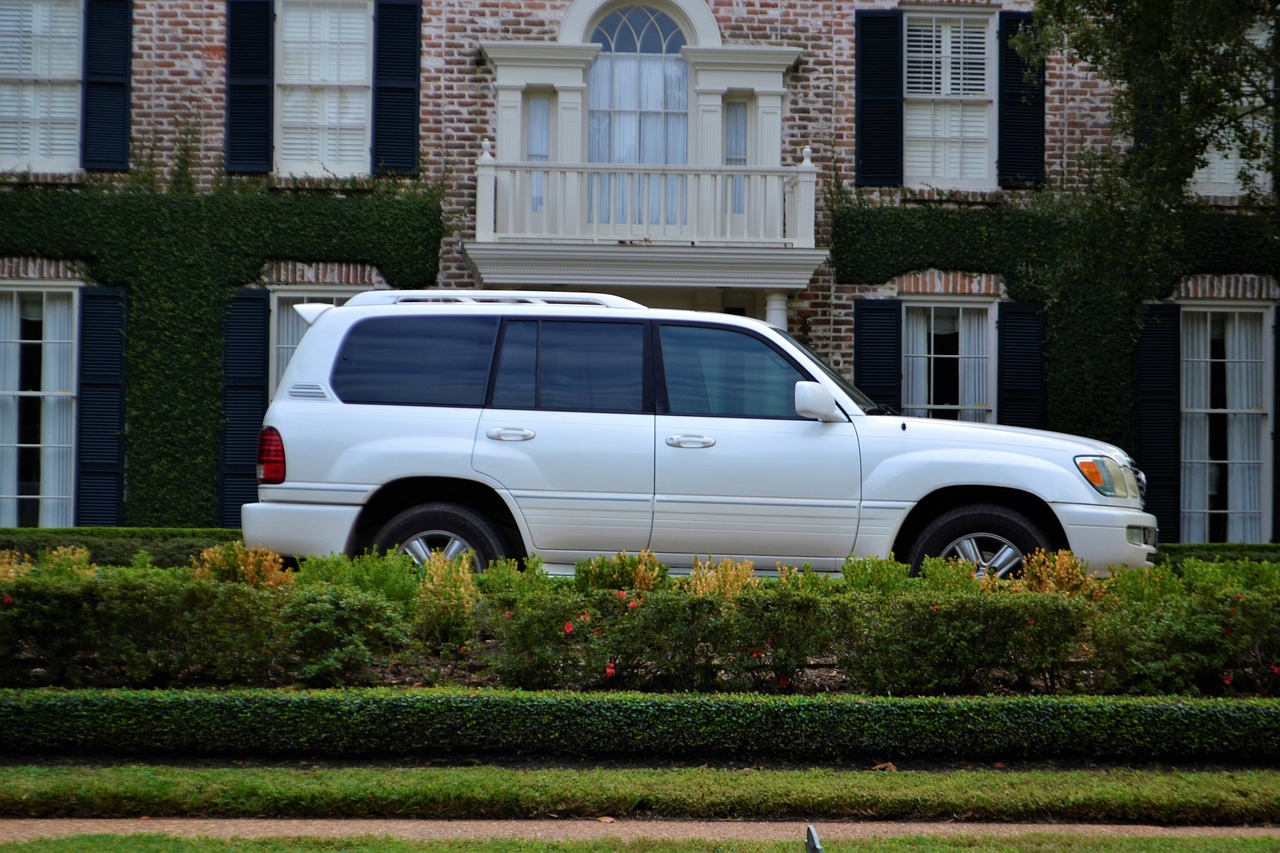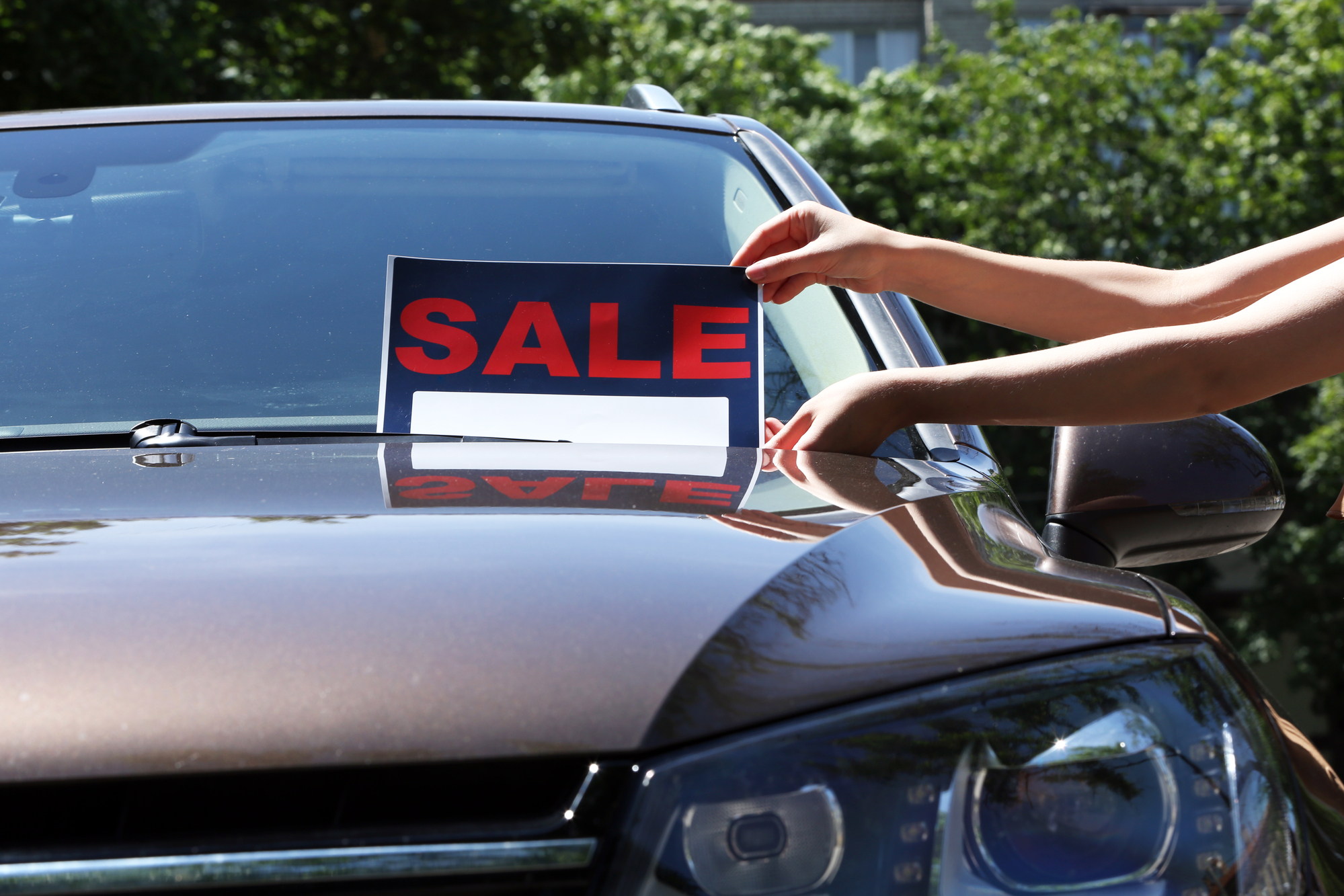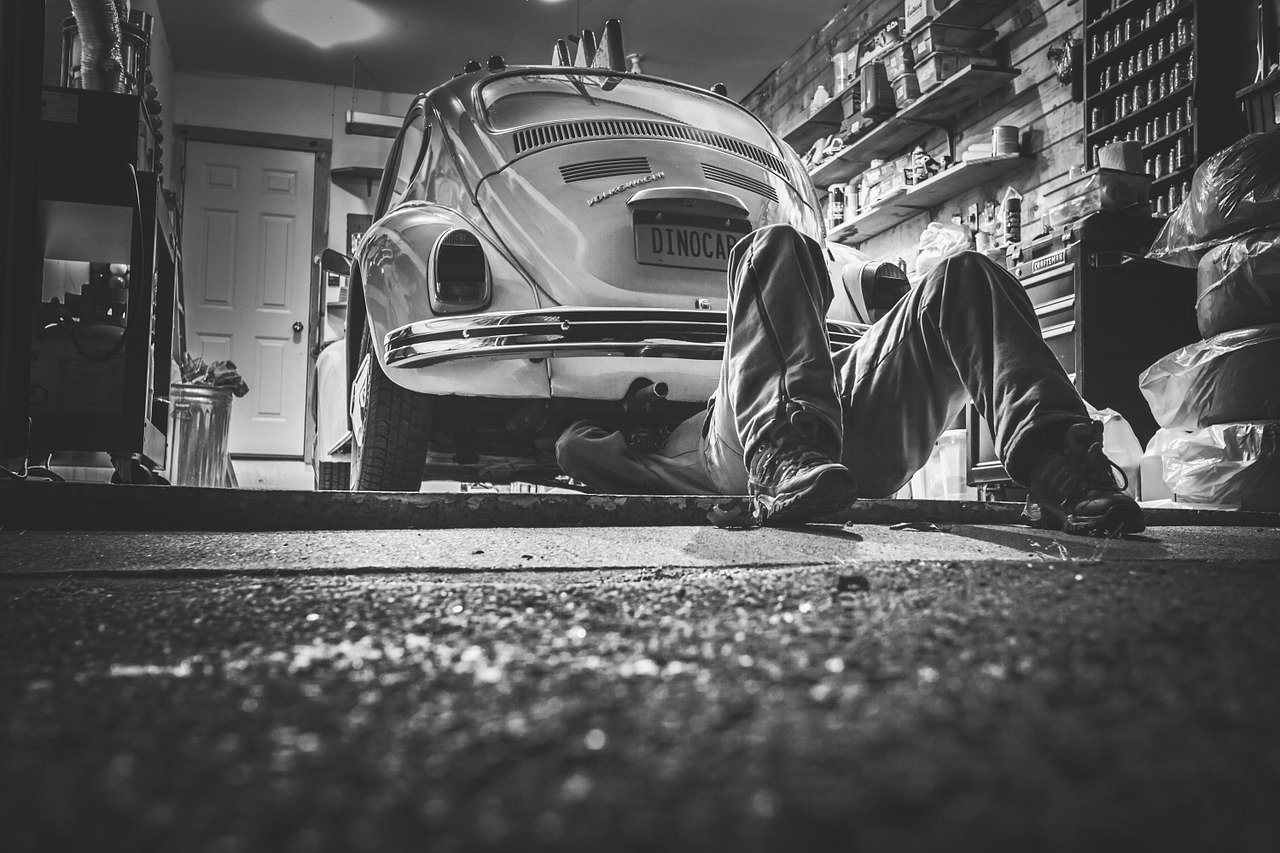Having a car is undeniably useful, especially if you don’t live in a city and need to run errands, such as dropping off and picking up the kids from school. In those instances, it’s irreplaceable.
But there are so many questions and often not enough answers in one place when it comes to buying a used car.
Does it come with a warranty? (In case it breaks down in the middle of nowhere, as sometimes happens…)
Is it better to buy privately or from a dealership?
How to check if the vehicle is road-worthy?
Well, that’s why this guide exists.
Read on to find out the answers to the most pressing used car questions in 2020!
Which One to Choose – Dealerships vs Private Sellers
Dealerships
Buying from a dealership offers greater peace of mind, because if something is wrong with the car you are protected by Consumers Right Act 2015, which entitles you to a 30-day refund.
Furthermore, if buying a used car from a well-known dealership, such as Stoneacre together with a car finance deal, you’ll have extra protection because of the Consumer Credit Act 1974.
One downside of buying at a dealership is that cars may be more expensive compared to private sales.
Private Sellers
Purchasing privately has its own benefits, such as a lower-price since there are no overheads involved. Additionally, you may be able to haggle the price down more.
However, you should keep a few things in mind as you don’t have the same guarantees and protections if you bought from a dealership.

What to look for when buying a used car?
Luckily, we have a handy checklist to cover your possible worries:
History Check
Before buying a car, whether it be from a dealership or a private seller, be sure to check important documents, such as:
-
MOT
Any car over three years old has to have a valid MOT by law. An MOT is an annual check of the car’s general condition and safety, so you should make sure any used car you view has a valid MOT. Checking an MOT history can now be done online on the official government’s website.
-
V5C
According to DVLA, you should not buy a used car if it doesn’t have a V5C certificate.
The procedure for getting V5C is simple – the seller will need to register you online as a new car owner, fill in a green slip that details you as a vehicle keeper and destroy their old V5C.
If you haven’t received a log book, you can apply by filling a V62 form online and sending it to DVLA with a green ‘new keeper’ slip. It is free if the previous owner has failed to provide log book.
-
Service History
Checking a car’s service history is another essential when it comes to buying a used car. It NEEDS to have a full-service history.
There are websites where you can check the car’s history by entering the registration number, so try those out if you want to find additional details.

Used Car Checks
Interior
There are a few things to check in the interior when viewing your potential car:
-
Driver’s seat
Does it offer enough lumbar support? Is the seat heated? These things will add up to and make a difference comfort-wise, especially when travelling long-distances.
-
Adjustments
Whether you have multiple car users or use a vehicle solely, it is paramount that the steering wheel and driver’s seat is adjustable as added customisation is always helpful.
Also, check that there is enough legroom space.
-
Boot Space
It depends on the individual, but if you love going on day-trips out or outdoor journeys that require bikes or canoes, having a larger boot is an advantage.
-
Safety
Features, such as child locks will help out the parents of restless children that like to fiddle about. When inspecting the car, check if the rear windows can be disabled for that added peace of mind.
In addition, look out for ISOFIX (International Standards Organisation Fix) as it decreases the risk of wrongly fitted seats and reduces the chances of your child being hurt if an accident happens.
And finally, Advanced Driver Assistance Systems (ADAS) can inform you of many things, such as, blind spot warnings, driver alerts to notify when you’re tired, automated driving with adaptive cruise control (ACC) and more.
-
Entertainment/Misc Features
Does the car have USB ports, sat-nav, a good-quality audio/stereo system and satisfactory climate control (which is important in summer when it’s blazing hot & winter when the car is freezing)?
Bodywork
Watch out for the most common problem for bodywork – rust. If it’s rusty the car is already corroded so not only will your car be being eaten but your money & time too. It’s just not worth the hassle later down the line.
Damage
Another thing that needs to be carefully checked is if a car has sustained any damage or has been in accidents. This information should be shown on the car’s V5C document but you should double-check the car’s condition is satisfactory in real life.
Electrics
It can be tough trying to figure out if the used car’s electrics are in a good condition just by looking at it. You can leave it to a specialist mechanic to do it for you to be completely sure you’re getting a good-quality used car. Here are the most common electric parts to check when inspecting a car:
-
Battery
Specialists usually test the battery with a car battery tester to see how much life it has left, voltage, charge, cranking power, and more.
Also, sometimes it’s easy to spot the damage from miles away – if the battery is leaking acid or is cracked/broken, stay away. On average, fitting a new battery, costs between £100 to £300.
-
Starter
You can spot a faulty engine or a starter by whether it switches on once you turn the ignition on. Another way to spot problems with the starter is if you switch on the engine and hear a loud click, that’s a bad sign.
-
Alternator
If there is a warning indicator light on – it’s trouble. It remains lit up when the alternator is not working correctly.
Mileage
This might sound obvious, but before you buy a used car, check how many miles it has, which leads us to another question: how many miles are too many?
There is no right answer, but an average car in the UK has clocked in 7,600 miles annually, so you can base the calculations on that.
A quick heads-up: There have always been unscrupulous sellers that tamper with mileage to make it look like a car is worth more than it is in reality.
To validate whether the mileage is genuine you should go through the car’s service history, as its mileage is usually recorded through these checks every 12 months. You can also use websites that have extensive data about car’s mileage, such as RAC Vehicle History Check, AA, Autotrader & HPI check.
Warranty
Warranties vary depending on sellers and manufacturers. Different warranties come with different terms and vary as to how much they will cover in the event of a breakdown There are two types of warranties for used cars – comprehensive and mechanical breakdown. Usually, the cheaper the warranty the less it covers, so do your research on warranties before buying a used car.

Test Drive
And finally, when checking a car take it out for a test drive!
Some people don’t bother testing the car and buy it straight away online. Going on a test drive gives you a fantastic chance to assess the car on the move. It also gives you a real feel for the car, so that you know it is right for you.
So where do you start?
1.Engine
It’s best to test the car when the engine is cold. If it’s already ignited the seller may be hiding something, so stay watchful.
2.Brakes
Test it with harsh breaking and have a feel whether the braking takes longer than it should. If a brake light comes on the dash, that also indicates a problem. If you hear a high-pitched squeal from the brakes, then be very cautious. Lastly, if you need to press the brakes to the fullest, just to stop that’s a strong indicator that the brakes aren’t working properly.
3.Steering
If you feel like the steering lost its agility, and is hard to steer that signifies a fault. Other common problems with steering include low power steering fluid leaks, damaged power steering belt or bad strut bearings.
Top test driving tips:
- For an impartial opinion, take a friend with you.
- Test the car on as many different roads as possible – a rural road, city, and even a motorway if possible.
- Have a checklist ready to be as objective as possible about your purchase.
- Know what type of car you want before you view any cars.
- Switch on components of the car like the air conditioning and sat-nav to see if they’re operating correctly.
- Perform various manoeuvres, such as parallel parking and reversing around a corner.
And there you have it – our used car guide! Hopefully, it has answered the main questions you may have had about dealerships vs private sellers, car warranties, test drives, and crucial checks to see if the car is worth buying.
What was your first used car? Share it in the comments down below!

